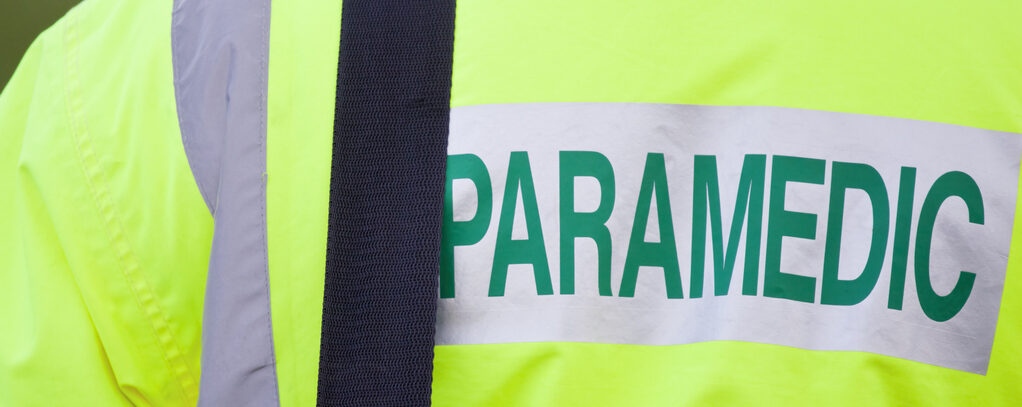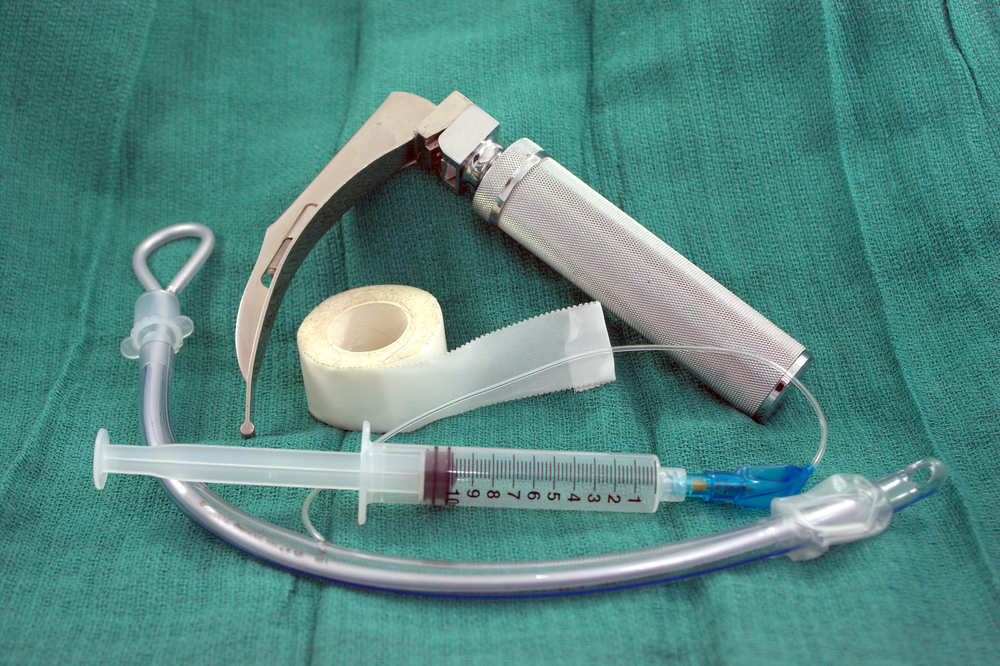Is there a justification for using intraosseous vascular access first-line in pre-hospital adult medical cardiac arrests? A literature review
Posted on 27th September 2021 by Jon Mackett

During the final year of their Paramedic Science (BSc Hons) course at Oxford Brookes University, students carry out a literature review and critical appraisal of a topic relevant to their future practice. This blog presents the abstract of a literature review on ‘Intraosseous vascular access as a first-line choice of vascular access during pre-hospital cardiac arrests’. Other Paramedic topic blogs can be found here.
Aim
UK ambulance service guidelines advocate the use of the intravenous route over the intraosseous route for obtaining vascular access during pre-hospital cardiac arrests. This qualitative literature review aims to assess if the use of intraosseous access as a first-line choice of vascular access during cardiac arrests pre-hospitally can be justified.
Method
A literature review incorporating a systematic search of available literature on the AMED, BNI, CINAHL, EMBASE, EMCARE, HMIC, Medline, PsychINFO and PubMed databases. Inclusion and exclusion criteria were applied to identify relevant studies. Six identified papers were critically analysed including thematic discussion.
Results
Six themes were identified: intravenous access associated with increased chance of survival compared to intraosseous access; intravenous access associated with increased chance of return of spontaneous circulation (ROSC) compared to intraosseous access; intravenous access associated with better neurological outcomes than intraosseous access; faster time to placement for intraosseous access than intravenous access; higher volumes of fluid delivered by intravenous access than intraosseous access; patients receiving intraosseous access more likely to be female, younger and in an initial non-shockable rhythm.
Discussion
The themes identified generally favour intravenous access. Explanations for the themes identified include anatomical differences between access routes or flaws in study designs such as poor participant intervention allocation strategies. Multiple variables were identified which limit the strength of conclusions drawn.
Conclusion
Intravenous access appears to perform better than intraosseous access in pre-hospital cardiac arrests, although some demographics may be better suited to specific access routes than others. Intravenous and intraosseous access should remain first and second-line options, respectively, until further research is conducted.



